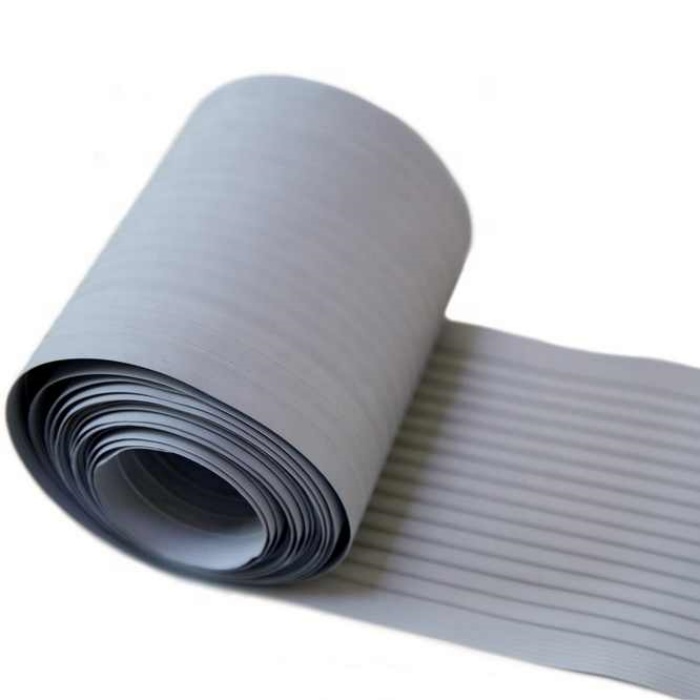Today’s rapidly evolving recycling industry, efficiency and material purity are critical to meeting sustainability goals. One of the key technologies enabling modern recycling operations is the PE (Polyethylene) separator. These advanced machines play a crucial role in sorting and separating different types of plastics, ensuring higher recycling rates and better-quality output.
As global plastic waste continues to grow—exceeding 400 million tons annually—effective separation technologies are no longer optional but a necessity. This article explores why PE separators are indispensable in modern recycling, their working mechanisms, benefits, and their impact on the circular economy.
The Growing Challenge of Plastic Waste
Plastic pollution is one of the most pressing environmental issues today. While recycling offers a solution, the process is complicated by the fact that plastics come in various forms:
- PET (Polyethylene Terephthalate) – Used in bottles and food packaging.
- HDPE (High-Density Polyethylene) – Found in milk jugs and detergent bottles.
- LDPE (Low-Density Polyethylene) – Used in plastic bags and films.
- PP (Polypropylene) – Common in food containers and automotive parts.
- PS (Polystyrene) – Found in disposable cutlery and packaging.
Without proper separation, mixed plastics can contaminate recycling streams, reducing the quality of recycled materials and making them unsuitable for reuse. This is where PE separators come into play.
What Are PE Separators?
PE separators are advanced sorting machines designed to identify and isolate polyethylene (PE) plastics from mixed waste streams. They utilize a combination of technologies, including:
- Near-Infrared (NIR) Spectroscopy – Detects different plastic types based on their molecular signatures.
- Air Jets or Mechanical Arms – Physically separate targeted materials from the waste stream.
- Density Separation (Sink-Float Tanks) – Uses water or other solutions to separate plastics by density.
- Electrostatic Separation – Differentiates plastics based on their electrostatic properties.
These systems ensure that HDPE and LDPE plastics are efficiently extracted, cleaned, and prepared for reprocessing.
Why PE Separators Are Essential for Modern Recycling
1. Improved Sorting Accuracy
Manual sorting is slow, labor-intensive, and prone to errors. PE separators automate the process, achieving up to 98% purity in separated plastics. This level of precision is critical for producing high-quality recycled materials that manufacturers can reuse.
2. Increased Recycling Rates
Without separation, mixed plastics often end up in landfills or incinerators. PE separators enable higher recovery rates, ensuring more plastic is recycled rather than discarded.
3. Reduced Contamination in Recycling Streams
Contaminated plastic batches can ruin entire recycling loads. PE separators minimize cross-contamination, allowing recyclers to produce food-grade recycled PE for new packaging.
4. Cost Efficiency in Recycling Operations
While the initial investment in PE separators can be significant, they reduce long-term operational costs by:
- Lowering labor requirements.
- Minimizing waste disposal expenses.
- Increasing the market value of sorted plastics.
5. Compliance with Environmental Regulations
Governments worldwide are imposing stricter recycling mandates (e.g., EU’s Single-Use Plastics Directive). PE separators help recyclers meet these regulations by ensuring proper plastic segregation.
6. Supporting the Circular Economy
By efficiently recovering PE plastics, these machines enable closed-loop recycling, where plastics are continuously reused rather than downcycled or discarded.
Applications of PE Separators in Recycling Plants
PE separators are used in various recycling scenarios:
- Post-Consumer Waste Recycling – Sorting household plastic waste.
- Industrial Plastic Scrap Processing – Handling manufacturing waste.
- E-Waste Recycling – Separating plastic casings from electronics.
- Bottle-to-Bottle Recycling – Ensuring food-safe HDPE and PET recovery.
Future Trends in PE Separation Technology
As recycling demands grow, PE separators are evolving with:
✔ AI and Machine Learning – Enhanced sorting accuracy through adaptive learning.
✔ Robotics Integration – Faster and more flexible separation processes.
✔ Advanced Sensor Technologies – Better detection of additives and contaminants.
These innovations will further improve efficiency, making PE separators even more vital for sustainable recycling.
Conclusion
PE separators are not just beneficial—they are essential for modern recycling operations. They enhance sorting accuracy, reduce contamination, lower costs, and support global sustainability efforts. As plastic waste continues to surge, investing in advanced separation technology will be key to achieving a true circular economy.
Recycling plants that integrate PE separators will lead the industry, ensuring that more plastics are recovered, reused, and kept out of landfills. The future of recycling depends on these cutting-edge systems—making them an indispensable tool in the fight against plastic pollution.
Post time: Jul-03-2025

